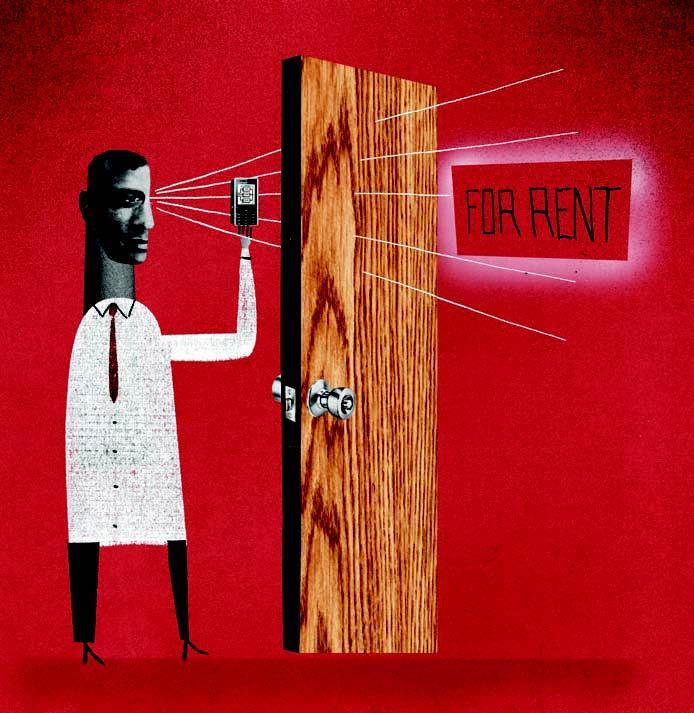Sound too far out for deployment in the less-than-intrepid multifamily technology sector? Consider that UDR launched augmented reality mobile applications for iPhone, Blackberry, and the Google android phone in mid-October. The REIT is using the Layar augmented reality browser to enable apartment searchers to point their smart phones in any direction and view available UDR apartments within a 10-mile radius of their current location. Digital information, including apartment pricing, availability, distance to property, and the location of nearby museums, restaurants, and other cultural neighborhood amenities, is then superimposed on the smart phone viewfinder. The app has more than 100,000 users since its deployment. UDR would not disclose costs for its augmented reality application, but similar smart phone applications on the higher end of programming complexities can typically be had given a budget in the low six figures.
“The next version of augmented reality pinpoints down to the apartment door and specific units that are available in a building,” Taraborelli says. “Basically a prospect could point a smart phone at an apartment building, select a floor, see what units are available, and make leasing decisions on views and unit amenities without entering a leasing office.” The logical extension to that experience is linking users to a secured online lease application and closing the transaction via mobile.
X Marks the Spot
Location awareness applications need not end with a signed lease. For property managers and maintenance personnel, location-based data—provided by property management software and served up via mobile devices—could provide real-time, on-site information down to the individual apartment door. “The prospect of unit-level, mobile-enabled CRM [customer relationship management] is extremely powerful, as is the prospect of using it on the maintenance side,” says Kris Ellwanger, executive director of business applications for Greenwood Village, Colo.-based Laramar Group. “A technician going through a unit with a GPS-enabled device need only click a lights-out button, and the system automatically registers the unit location. It prevents the need for unit identification for both incoming and outgoing data.”
Behind the Front Door
Location awareness technology offers unit-level specifics to help property managers, residents, and prospects alike.
Applications for location awareness aren’t as far fetched as they may have seemed just a year or two ago. By integrating camera and GPS-capable mobile devices with site-level property management software, multifamily operators and residents can quickly get the following unit-level granularity in real time as they walk the property.
1. Rent status. Location awareness should ultimately be capable of delivering payment and additional resident balance status in real time as a property manager passes the unit door, offering a heads up on who does and who doesn’t need a knock-knock reminder.
2. Work orders. Maintenance personnel can use location awareness to automatically call up, perform, and close out apartment work orders. Instead of constant returns to a maintenance office, mobile devices will deliver appropriate info to workers based on their location on the property.
3. Apartment marketing. UDR has already deployed augmented reality applications for smart phones, enabling apartment shoppers to point a smart phone at a building, get real-time unit availability, place apartment holds, and link to a secure server for completing a lease online.
Likewise, property managers could logically use location aware mobile devices to walk a property and get vital customer information as they pass apartment doors: Unit 105 is six days late on their rent; John Smith in 672 is up for renewal in three weeks; or apartment 212 has been waiting 72 hours on a maintenance request. Location awareness could also provide up-to-date information on common areas, displaying pool hours, clubhouse availability, and/or special amenity or community event information for property managers walking prospects or for residents to self-serve property 411.
